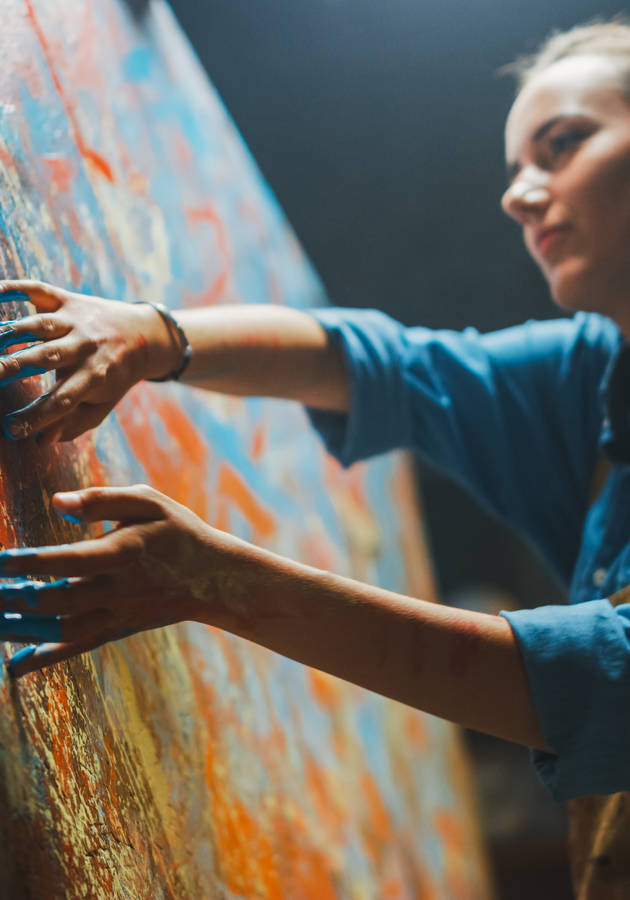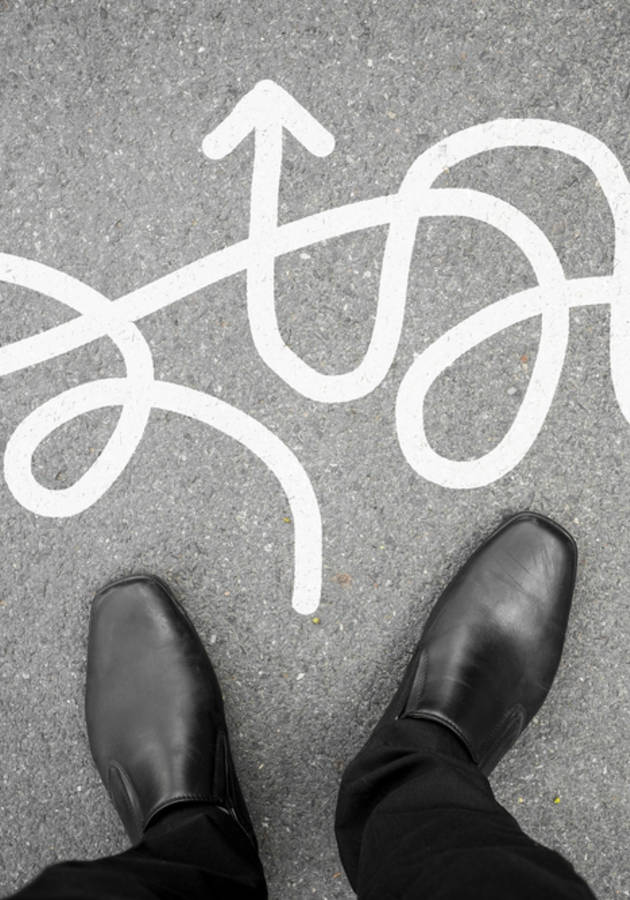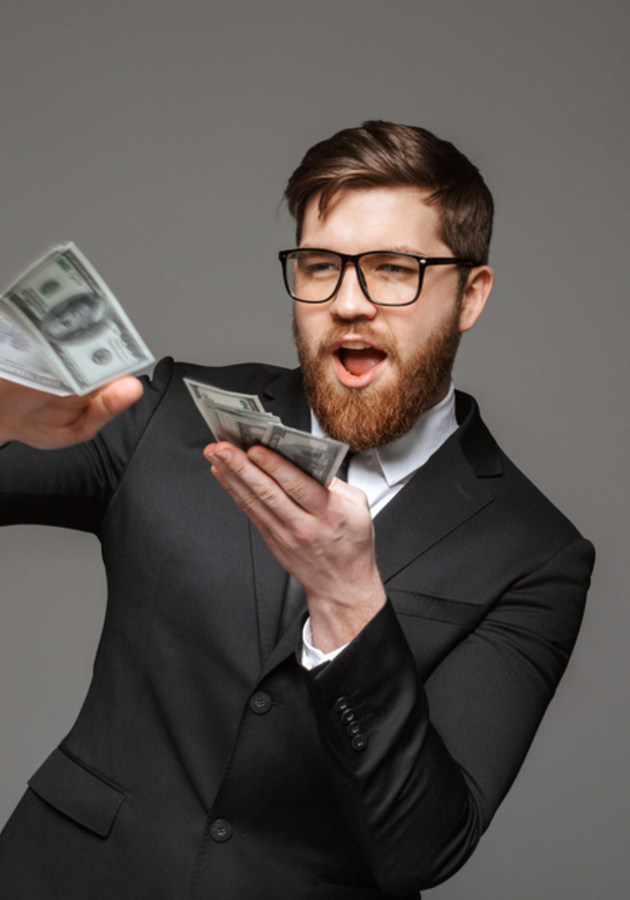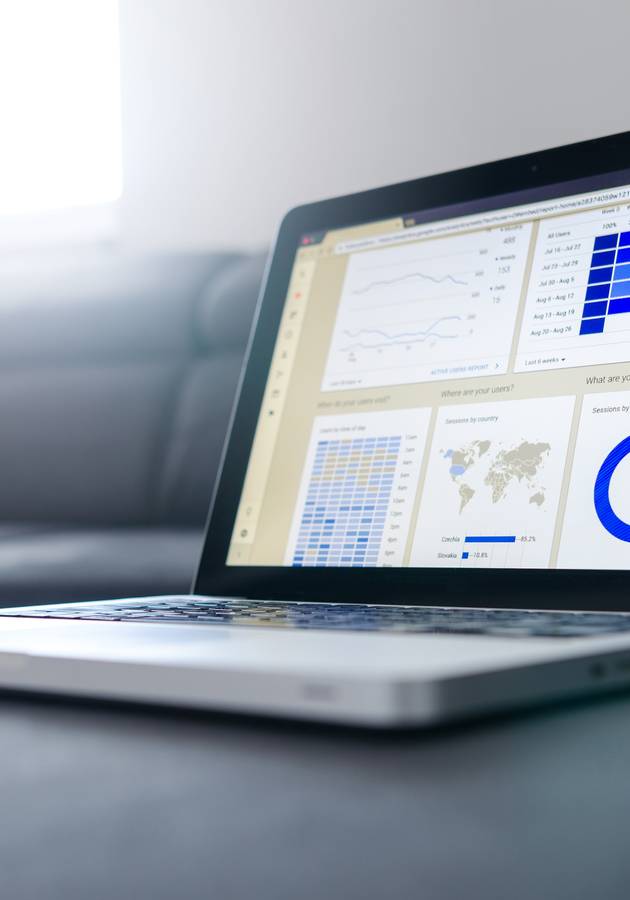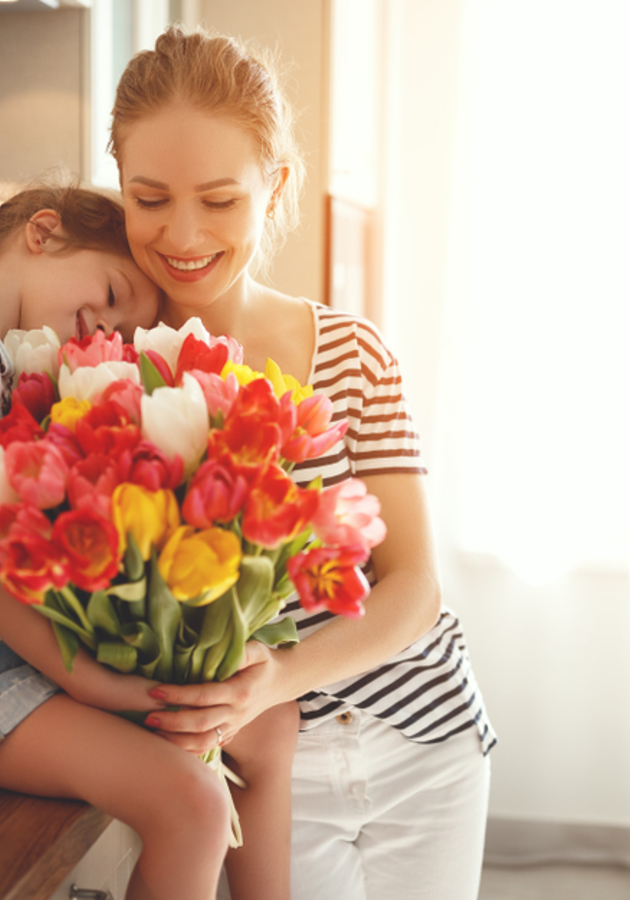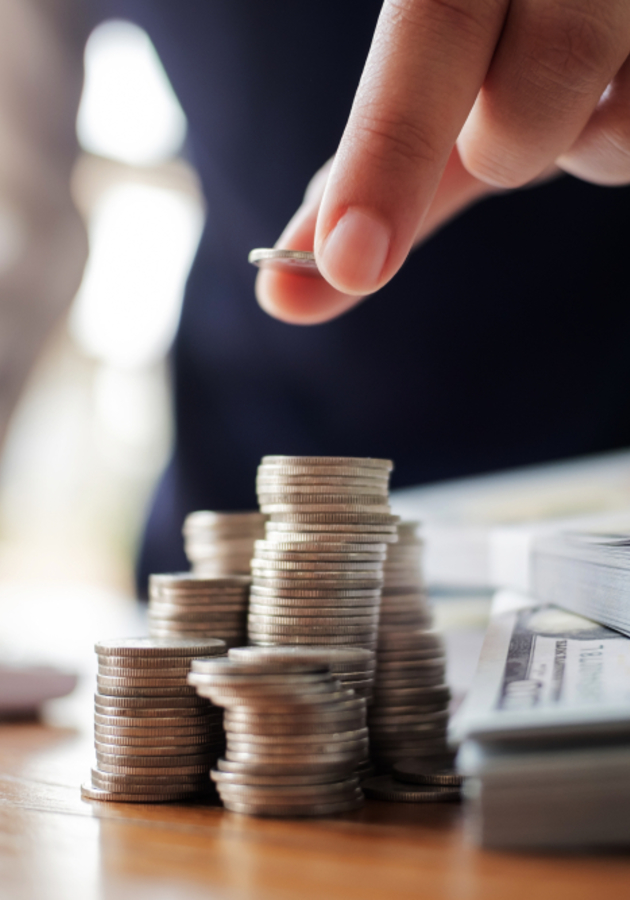The fundamental premise of Julia Cameron’s “The Artist’s Way” is that creativity and spirituality come from the same place. The book itself is mostly about restoring the lost connection between these two through a 12-week journey of artistic, creative recovery. So get ready to rediscover your inner creative child and reignite that artistic spark in just three months!
Art is a spiritual experience
In the opinion of Cameron, “the artist’s way is, in essence, a spiritual path, initiated and practiced through creativity.” This might seem like a strange claim in our hopelessly practical 21st century, but this was a commonly accepted fact for most of history. Ever since ancient Greece and all the way onward to romanticism, artists saw themselves as mere mediators between a divine vision and the language of the common man.
Writing, composing, sculpting, painting – everything was seen as a spiritual experience for millennia. Plato famously described poets as airy things, winged and holy, who can create only after surrendering their mind to the gods. This is what he – and numerous philosophers after him – called inspiration.
Cameron is no different. She says that, despite the advances of science, the central experience of creativity is still mystical and not at all different from a spiritual epiphany. “Making our art,” she writes, “we meet firsthand the hand of our Creator.” This is not to say that her theory of art implies the necessity of God or religion.
“When the word God is used in these pages,” she explains in the “Introduction,” “you may substitute the thought ‘good orderly direction’ or ‘flow.’ What we are talking about is a creative energy. God is useful shorthand for many of us, but so is goddess, mind, universe, source, and higher power. The point is not what you name it. The point is that you try using it. For many of us, thinking of it as a form of spiritual electricity has been a very useful jumping-off place.”
Spiritual electricity: the 10 basic principles
Think of spiritual electricity as something transcendental shimmering around us the way the air does on a hot summer day. Or, better yet, think of it as some sort of creative energy that just waits to be made flesh through the use of your body, heart, and mind. “The sculpture is already complete within the marble block, before I start my work,” said Michelangelo on one occasion. “It is already there: I just have to chisel away the superfluous material.” Similarly, most poets have had the experience of catching a poem of formed writing. “We consider these finds to be small miracles,” remarks Cameron. “What we fail to realize is that they are, in fact, the norm. We are the instrument more than the author of our work.”
In her opinion, “the bedrock on which creative recovery and discovery can be built” are the ten principles of spiritual electricity. In her own words, these principles are the following:
- Creativity is the natural order of life. Life is energy: pure creative energy.
- There is an underlying, in-dwelling creative force infusing all of life – including ourselves.
- When we open ourselves to our creativity, we open ourselves to the creator’s creativity within us and our lives.
- We are, ourselves, creations. And we, in turn, are meant to continue creativity by being creative ourselves.
- Creativity is God’s gift to us. Using our creativity is our gift back to God.
- The refusal to be creative is self-will and is counter to our true nature.
- When we open ourselves to exploring our creativity, we open ourselves to God: good orderly direction.
- As we open our creative channel to the creator, many gentle but powerful changes are to be expected.
- It is safe to open ourselves up to greater and greater creativity.
- Our creative dreams and yearnings come from a divine source. As we move toward our dreams, we move toward our divinity.
The 2 best tools to find your creativity
In Cameron’s opinion, a lasting creative awakening requires the consistent use of two pivotal tools: the morning pages and the artist date. These two are also great if you are suffering from a creative block. Use them regularly, and chances are you should never even experience the need for creative recovery.
The morning pages can be simply described as “three pages of longhand writing, strictly stream-of-consciousness.” They are, however, much more than simple ”brain drain”: they are your way of saying “go away” to your own internalized perfectionist, your left-brained censor who constantly ridicules your work and mocks your efforts.
There is no wrong way to do the morning pages: you can put on them anything you like; after all, nobody would read them. They are not meant for public showing nor are supposed to be art. True, they can sometimes sound smart, but that’s not their point: their point is to free you from your shackles and limitations and make you “stop taking the censor as the voice of reason and learn to hear it for the blocking device that it is.” Morning pages are nonnegotiable: regardless of your mood, never skip on them.
The other tool of creative awakening or recovery is the artist date. In theory, this tool might seem like an eccentricity, a diversion, a leisure activity. In practice, it is an excursion, a play date of essential importance. It is a block of time – about two hours weekly – set aside for you and your inner artist.
Nobody is allowed on the artist date besides yourself and the creative child that resides within you. No lovers, no friends, no family members – just like them, your inner artist needs some quality time with you. “Spending time in solitude with your artist child is essential to self-nurturing,” writes Cameron. “A long country walk, a solitary expedition to the beach for a sunrise or sunset, a sortie out to a strange church to hear gospel music, to an ethnic neighborhood to taste foreign sights and sounds – your artist might enjoy any of these.”
These two tools harmonize beautifully with each other. While the morning pages are your way out (meant to notify you and the world of your dreams, dissatisfactions, and hopes), the artist date is your way in (meant to open your heart to insight, inspiration, and guidance).
The 12-week program
Like many other things in life, the artist’s way starts with a vow. Cameron even suggests signing a formal contract with yourself, in which you’d commit to the daily morning pages, the weekly artist dates, and the full 12-week duration of her course. With or without it, you must understand from the beginning that this is not a stunt, but “an intensive, guided encounter with your own creativity.”
- Week 1: recovering a sense of safety. The first week is all about losing your fear of being wrong and embracing your creativity. Too many people are “shadow artists”: too intimidated to become artists themselves, they waste their lives working as copywriters or graphic designers. Don’t be like them. Convert your core negative beliefs into creative affirmations today.
- Week 2: recovering a sense of identity. “Creativity flourishes when we have a sense of safety and self-acceptance,” writes Cameron. The second week is about the latter, and about doing away with the “crazymakers” in your life: those people who block your creative desires. They might be your parents, your critics, your idols, your inner skeptic – and they might do this consciously or subconsciously. But creativity is not about them – it’s about your meeting with God.
- Week 3: recovering a sense of power. The third week is about coming into your power, about turning negative feelings such as anger, shame, and criticism into creative energy and growth. It’s about becoming spiritual and open to new experiences.
- Week 4: recovering a sense of integrity. “In order to have self-expression,” writes Cameron, “we must first have a self to express.” So, start fashioning your self: your creative child has laid buried under layers of self-doubt for so long, so you might find yourself “grappling with changing self-description” in the fourth week. That’s good: accept the struggle. It should be you against you – so submit yourself to reading deprivation.
- Week 5: recovering a sense of possibility. It’s time to break your own limits and open up to opportunities. Find the river of your potential and say “yes” to the flow. However, don’t fall victim to the virtue trap: start saying “no” to some things and people in your life. Artists need solitude to grow.
- Week 6: recovering a sense of abundance. The sixth week is about tackling your money anxiety. If it isn’t paid work – it doesn’t mean it’s not work. More importantly, what’s the point of denying yourself the luxury of time to earn more money if what you want to do with your time is create? “What we really want to do is what we are meant to do,” writes Cameron.
- Week 7: recovering a sense of connection. Art is not about “thinking something up,” but about “getting something down.” Perfectionism, in other words, is your enemy: instead of connecting you to your inner creative self, it cuts you off the stream of spiritual electricity. Resist it: create first, edit later.
- Week 8: recovering a sense of strength. Many artists fail because of a lack of strength to overcome failure. The artist’s way is the way of “the gain disguised as loss.” Start asking yourself: “How can this loss serve my art?” The answers will liberate you.
- Week 9: recovering a sense of compassion. In addition to external blocks such as money and time, many artists find themselves suffering from internal blocks as well, such as lack of enthusiasm, fear, or creative U-turns. Blast through these blocks by convincing your inner creative child to come out and play. Because that’s what art is.
- Week 10: recovering a sense of self-protection. Never forget that creativity is a spiritual experience. Workaholism, competition, and fame are not. Don’t hide in them. Let it go allow and allow the spiritual electricity to flow anew inside you.
- Week 11: recovering a sense of autonomy. Don’t sabotage your freedom: there will always be distractions to attack your autonomy. Even success might become one if you’re not careful. Art is never about the destination but about the journey. “In other words,” writes Cameron, “just when we get there, there disappears.”
- Week 12: recovering a sense of faith. The last week is about reacknowledging “the inherently mysterious spiritual heart of creativity.” Never forget that the first creative step is an act of faith. As the great mythologist Joseph Campbell once wrote: “Follow your bliss and doors will open where there were no doors before.”
Final Notes
Originally self-published and available for months only in the form of xeroxed copies, “The Artist’s Way” is today not only a bestseller but a classic of the art self-help subgenre. In other words, if you want to restart your creativity – this is the book to start from!
12min Tip
Allow us to quote here Cameron’s three most common pieces of advice to her students. First, “remember, there is a creative energy that wants to express itself through you.” Secondly, “don’t judge the work or yourself: you can sort it out later.” Finally, “let God work through you.”
